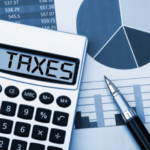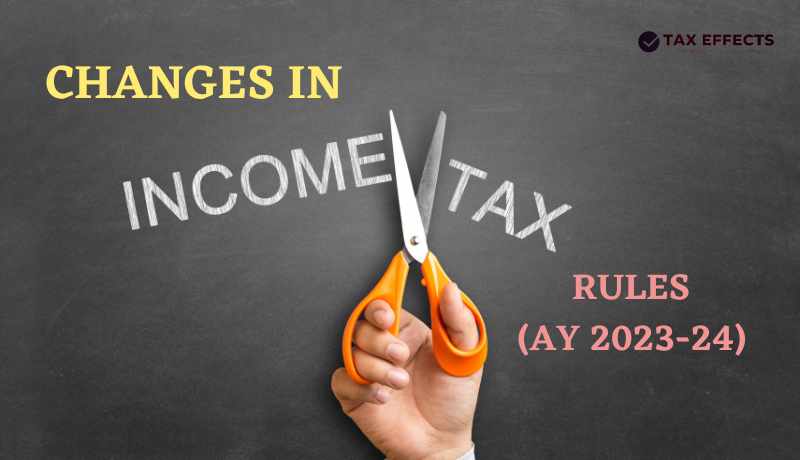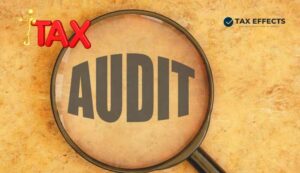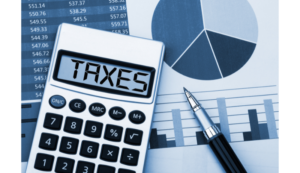In this article, we will discuss about the difference between Financial Year (FY) & Assessment Year (AY) & changes made in the income tax rules effective from 1st April, 2023 (For Financial Year 2023-24).
Difference between Financial Year (FY) & Assessment Year (AY)
- From Income Tax point of view, FY is the year in which income is earned by assessee. AY is the year following the financial year in which assessee need to evaluate the previous year income and pay taxes on it. For Example – If assessee financial year is from 1st April 2022 to 31st March 2023 (i.e., FY 2022-23), then assessment year is the period which will begin after the financial year ends (i.e., AY 2023-24 from 1st April 2023 to 31st March 2024).
- A taxpayer should file an income tax return (ITR) in the assessment year (AY), which is the year following the completion of a financial year. Taxpayer should calculate his/her income for full FY & calculate tax on such income, if any.He/she need to file ITR when his/her total income exceeds Rs 2.5 lakh after claiming deductions & exemptions allowed under income tax act. He/she can claim credit for advance tax, TDS & TCS paid during the financial year at the time of filing his/her ITR return.
Changes in the income tax rules effective from 1st April, 2023 (For Financial Year 2023-24)
1 New Income Tax regime to be default regime
From 1 April 2023, the new tax regime will be the default tax regime. If any assessee chooses new tax regime, then he/she will not have to invest in any investment tools such as PPF, NPS, LIC, ELSS etc. to claim deduction u/s 80C, 80D, 80CCD(1B). However, assessee will still be able to choose the old regime tax.
2. Tax rebate limit is increased to Rs 7 Lakhs
Tax rebate limit under new tax regime has been increased to ₹7 lakh from ₹5 lakh in earlier income tax slab. Tax-free limit for salaried taxpayers under old regime is Rs 5.5 lakhs & under new tax regime is Rs 7.5 lakhs. So, it means that an individual with a salary of less than this tax-free limit under new tax regime will not have to make any investments to claim deductions. Also, no TDS will be deducted if the salary income is within the tax-free limit.
3. New Income Tax Slab Regime for Salaried persons & pensioners including family pensioners
Up to Rs 3,00,000 – Nil
Above Rs 3,00,000 & up to Rs 6,00,000 – 5%
Above Rs 6,00,000 & up to Rs 9,00,000 – 10%
Above Rs 9,00,000 & up to Rs 12,00,000 – 15%
Above Rs 12,00,000 & up to Rs 15,00,000 – 20%
Above Rs 15,00,000 – 30%
Note – The new tax regime will be the default choice, but assessee can still opt for the old tax regime.
4. Standard Deduction & Family Pension deduction
There is no change in standard deduction of Rs 50000 under old tax regime for employees. For Salaried persons & Pensioners, the benefit of standard deduction under the head salary of Rs 50,000 & family pension deduction of Rs 15,000 will now be allowed under new tax regime also.
5. No LTCG tax on debt mutual fund
Investments in debt mutual funds will be taxed as per the income tax slab rate of the assessee from 01.04.2023. Earlier, if debt mutual funds were held for > 36 months, then it will be treated as LT capital assets & Long-Term Capital Gain @ 20% with indexation benefit was allowed but now it has been removed.
6. Taxation on Life Insurance Policy
Any sum received from life insurance policy having premium annually in a financial year is more than Rs 5 lakh would be taxable from 1st April 2023. This Income tax rule will not be applicable on ULIP policy. Any amount received on the death of the person insured will still be exempt from tax.
7. Tax on Online Gaming
As per the new Section 115BBJ, tax on winnings from online games i.e., all forms of winnings such as cash, kind, vouchers or any other benefit from online gaming will be liable to tax at a flat 30%, which will be deducted at source immediately at the time of receiving the winning amount. No Threshold limit has been prescribed on deducting tax on winning from online games.
8. Conversion of Physical gold into Digital gold & vice-versa to be tax-free
Any Conversion of physical gold into digital gold receipts (EGRs) & vice versa from April 1, 2023 will be exempt from capital gain tax. It will boost the digital gold market in India & make gold investment opportunities available to Indian investors.
9. Gifts received by Resident but not-ordinarily residents (RNOR) will be taxable
Any gift received by an RNOR over and above Rs 50,000 will be taxable in their hands.
10. Deduction claims under section 54 & 54F will be restricted
Taxpayers who sell their house property or any other capital asset & invest the sale amount in a new house property can claim a deduction under sections 54 and 54F. Now from 1st April, 2023, deduction under sections 54 and 54F will be restricted to Rs 10 crores. Any long- term capital gain (LTCG), if the period of holding is more than 24 months will be taxed at 20% with indexation benefit under section 112.
11. Senior Citizens Savings Scheme
Senior citizens can now deposit up to Rs 30 lakh under the senior citizens savings scheme from 1st April, 2023. Earlier, the deposit limit was restricted to Rs 15 lakhs.
The maximum deposit for the monthly income scheme has been increased to Rs 9 lakh from Rs 4.5 lakhs for single accounts. For joint accounts, the limit has been raised to Rs 15 lakhs from Rs 7.5 lakhs.
12. Leave Travel Allowance (LTA)
Leave encashment limit for non-government employees has been increased from Rs 3 Lakhs to Rs 25 Lakhs.
13. Reduction in Surcharge rate
Currently, the highest income tax rate is 42.74% (30% income tax + 37% Surcharge + 4% Cess) if income of the assessee is more than Rs 5 crores. It has been proposed to reduce the highest surcharge from 37% to 25% in the new tax regime, maximum income tax rate will be 39% (30% income tax + 25% Surcharge + 4% Cess).
14. Presumptive Taxation u/s 44ADA & 44AD limit increased
For Presumptive taxation under Section 44ADA & Section 44AD, the turnover/gross receipt limit has been increased to Rs 75 lakhs & Rs 3 crores respectively. The increase limit u/s 44ADA & 44AD will apply only in case the amount or aggregate of the amounts received during the year in cash does not exceeds 5% of the total gross receipts/turnover.
Happy Readings!
Disclaimer: The information contained in this website is provided for informational purposes only, and should not be construed as legal/official advice on any matter. All the instructions, references, content, or documents are for educational purposes only and do not constitute legal advice. We do not accept any liabilities whatsoever for any losses caused directly or indirectly by the use/reliance of any information contained in this article or for any conclusion of the information.









